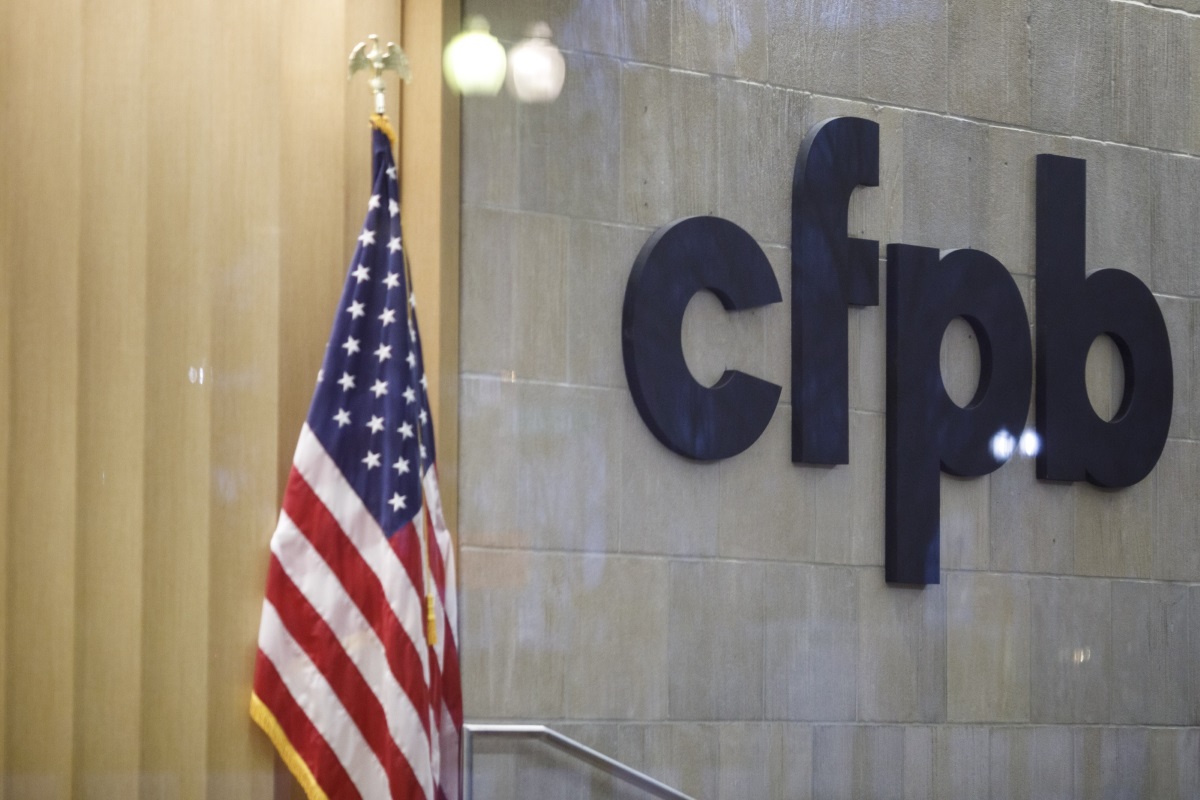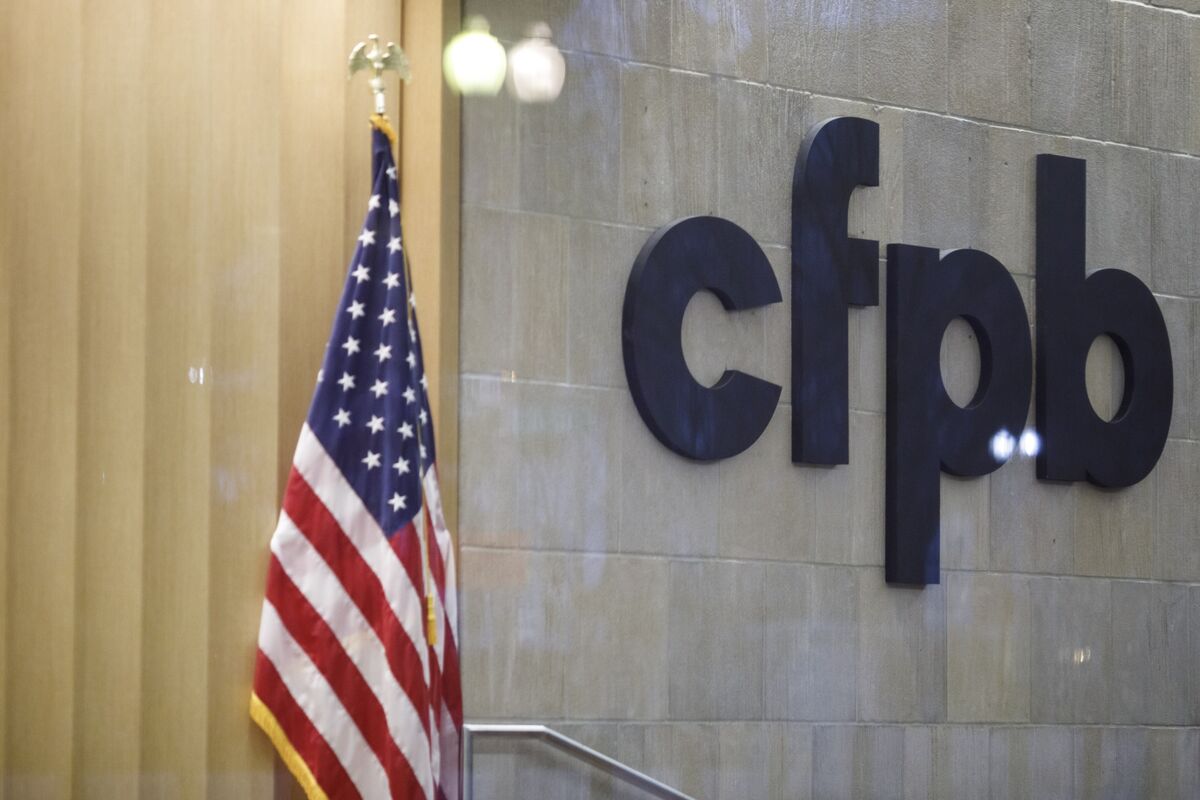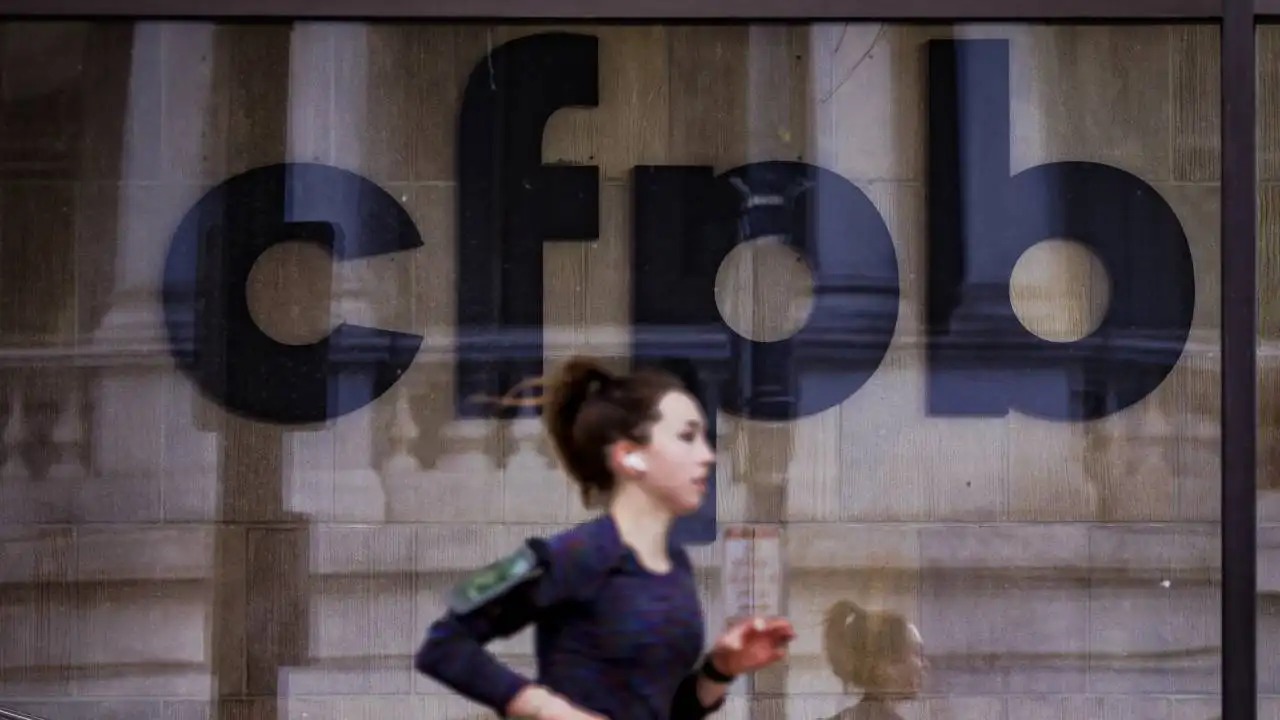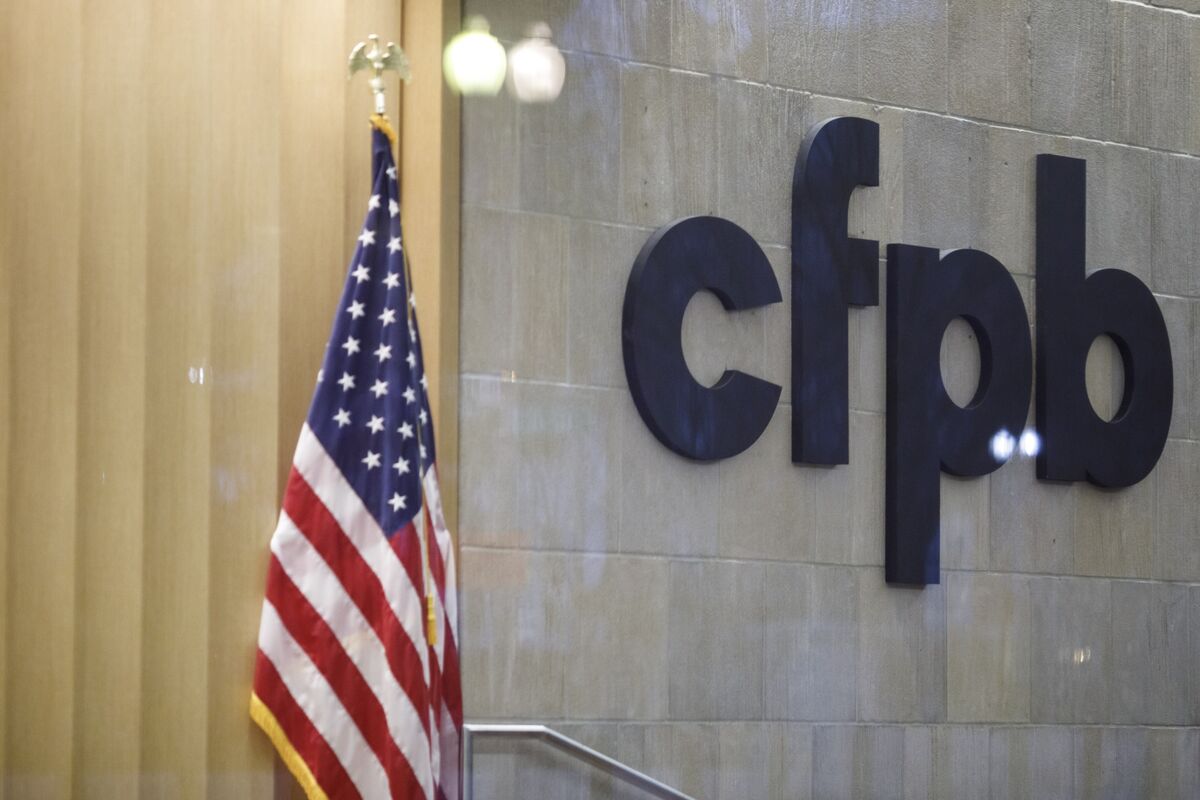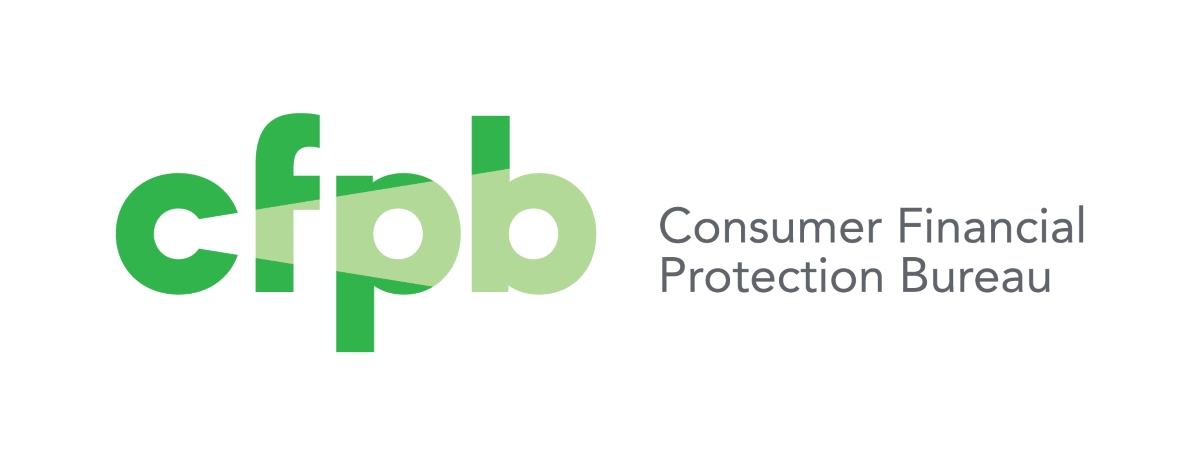Home>Finance>How Did Congress Vote On The Consumer Financial Protection Bureau?
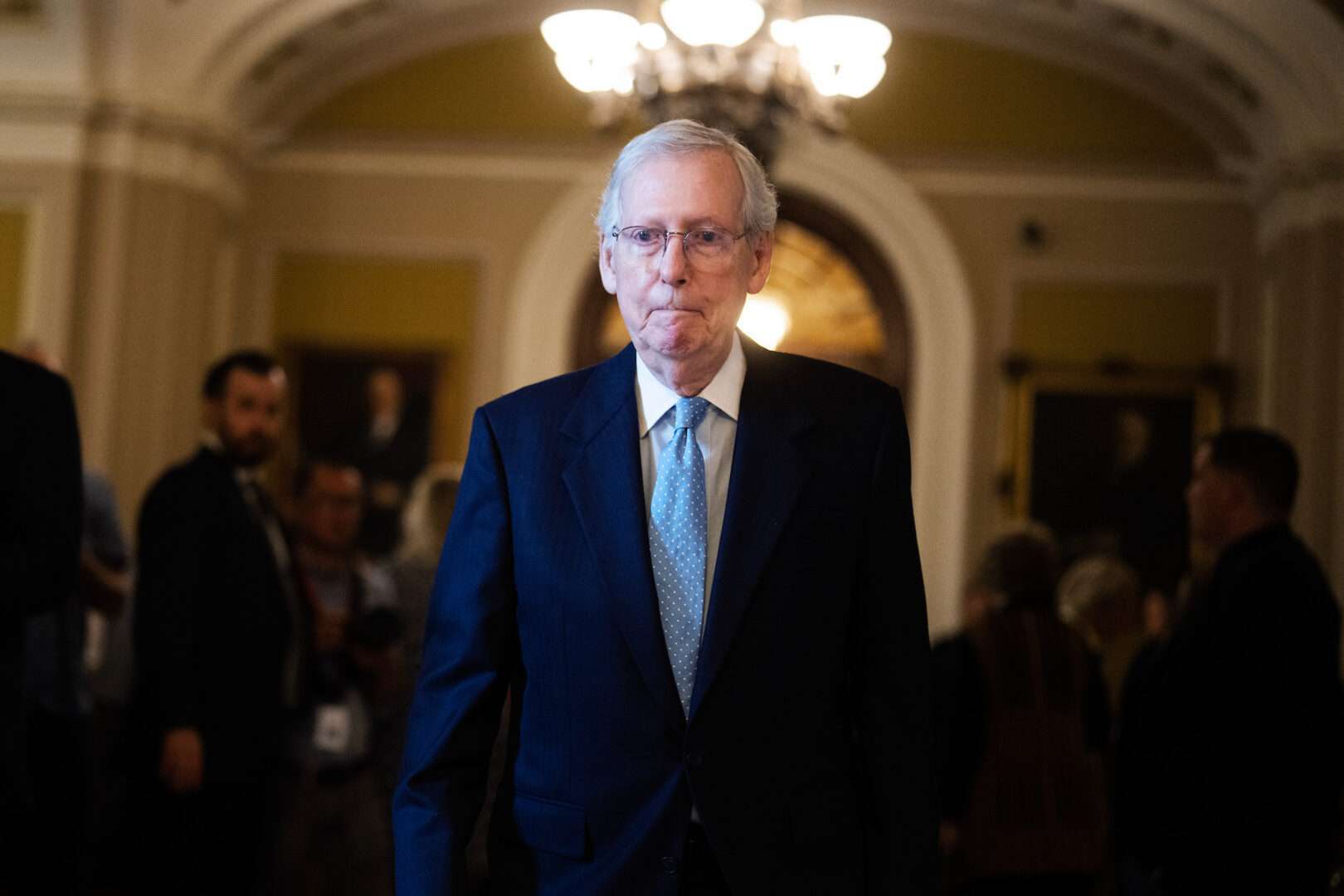

Finance
How Did Congress Vote On The Consumer Financial Protection Bureau?
Modified: March 1, 2024
Discover how Congress voted on the Consumer Financial Protection Bureau and its impact on the world of finance. Stay informed on the latest developments in the financial sector.
(Many of the links in this article redirect to a specific reviewed product. Your purchase of these products through affiliate links helps to generate commission for LiveWell, at no extra cost. Learn more)
Table of Contents
Introduction
Welcome to our in-depth analysis of how Congress voted on the Consumer Financial Protection Bureau (CFPB). As the regulatory agency responsible for overseeing consumer protection in the financial sector, the CFPB plays a vital role in safeguarding the interests of American consumers.
Understanding how Congress has voted on issues related to the CFPB provides valuable insights into the level of support or opposition the agency has received over the years. It sheds light on the willingness of lawmakers to empower and fund the CFPB to carry out its mission effectively.
In this article, we will delve into the voting history of the House of Representatives and the Senate, exploring key moments that have shaped the relationship between Congress and the CFPB. By examining the voting patterns, we can gain a better understanding of the political landscape surrounding financial regulation and consumer protection.
Join us as we explore the decisions made by our elected representatives and the potential implications for the future of the CFPB. Whether you are a concerned consumer, a financial industry professional, or just curious about the inner workings of our government, this analysis will provide you with valuable insights into the debates and decisions surrounding the CFPB.
So, let’s dive in and explore how Congress has voted on the Consumer Financial Protection Bureau, from its inception to the present day.
Background on the Consumer Financial Protection Bureau
The Consumer Financial Protection Bureau (CFPB) was established in 2010 as a response to the financial crisis that shook the United States and the rest of the world. It was created under the Dodd-Frank Wall Street Reform and Consumer Protection Act, with the goal of protecting consumers in the financial marketplace.
Prior to the creation of the CFPB, oversight of consumer financial protection was scattered across multiple agencies, leading to a fragmented and inefficient system. The CFPB was designed to consolidate these responsibilities into a single agency, focused solely on addressing consumer concerns and promoting fair and transparent practices in the financial industry.
The CFPB is led by a Director who is appointed by the President and confirmed by the Senate. It has the authority to enforce federal consumer financial laws, regulate financial institutions, and educate consumers about their rights and responsibilities in the financial marketplace.
Since its inception, the CFPB has taken on a wide range of issues affecting consumers, including mortgage lending, credit card practices, debt collection, and payday loans. The agency has played a crucial role in holding financial institutions accountable for their actions and providing relief to consumers who have been wronged.
However, the CFPB has also faced criticism and controversy throughout its existence. Critics argue that the agency has overstepped its bounds and imposed burdensome regulations on financial institutions, stifling innovation and restricting access to credit. There have been ongoing debates about the appropriate level of oversight and funding for the CFPB, with lawmakers on both sides of the aisle weighing in on its effectiveness and impact.
Understanding the background and context of the CFPB is essential to comprehend the debates and decisions made by Congress regarding the agency. The CFPB’s role in protecting consumers and shaping the financial industry cannot be underestimated, which is why its oversight and funding have been central issues in the political landscape.
In the next sections, we will examine how Congress has voted on the CFPB and analyze the implications of these votes for the future of consumer financial protection in the United States. Stay tuned as we explore the legislative journey of the CFPB in the House of Representatives and the Senate.
The Role of Congress in Oversight and Funding
Congress plays a crucial role in overseeing and funding the Consumer Financial Protection Bureau (CFPB). As the legislative branch of the U.S. government, Congress has the power to shape and influence the operations of the CFPB through its oversight responsibilities and control of the agency’s budget.
Oversight of the CFPB involves monitoring the agency’s activities, ensuring its compliance with laws and regulations, and evaluating its effectiveness in achieving its goals. Congress can conduct hearings, call agency officials to testify, and request documents to gain insight into the CFPB’s operations and decision-making processes.
Through its oversight role, Congress can propose and enact legislative changes to modify the structure, powers, or functioning of the CFPB. This can include measures to enhance or limit the agency’s authority, adjust its jurisdiction, or introduce reforms to address concerns raised by stakeholders.
In addition to oversight, Congress is responsible for funding the CFPB. As an independent agency, the CFPB receives its funding through the appropriations process, which means that Congress must allocate the necessary budget for the agency to carry out its activities.
The budgetary decisions made by Congress have a significant impact on the CFPB’s ability to fulfill its mission. The level of funding provided to the agency determines the resources available for hiring personnel, conducting investigations, enforcing consumer financial protection laws, and implementing educational initiatives.
Over the years, the funding of the CFPB has been a contentious issue. Some lawmakers have sought to reduce the agency’s budget or limit its autonomy, citing concerns about its regulatory reach and potential for overreach. On the other hand, proponents of the CFPB argue that adequate funding is necessary to ensure that the agency can effectively protect consumers and hold financial institutions accountable.
Understanding the role of Congress in overseeing and funding the CFPB is essential in comprehending the decisions and votes made by lawmakers. The debates and discussions surrounding the agency’s oversight and budget reveal the broader political dynamics at play and the differing perspectives on consumer protection and financial regulation.
In the following sections, we will delve into the specific votes taken by the House of Representatives and the Senate regarding the CFPB, analyzing the voting patterns and their implications for the future of financial regulation and consumer protection in the United States.
House of Representatives Vote on the Consumer Financial Protection Bureau
The House of Representatives has played a significant role in shaping the fate of the Consumer Financial Protection Bureau (CFPB) through its voting history. Since its establishment, the CFPB has faced numerous challenges and debates in the House, reflecting the differing perspectives on the role and effectiveness of the agency.
During the early years of the CFPB, when it was still a relatively new agency, the House of Representatives saw various votes related to its structure and funding. Some lawmakers sought to limit the CFPB’s authority or alter its organizational structure, arguing that it had too much power and lacked proper accountability mechanisms.
In 2012, the House approved a bill that aimed to change the CFPB’s leadership structure from a single director to a bipartisan commission. Proponents of this change argued that a commission would provide a more balanced approach to decision-making and ensure a broader range of perspectives. However, the bill did not progress further in the Senate, and the CFPB continued to operate under a single director.
Another significant vote in the House occurred in 2015 when lawmakers passed the Financial Regulatory Improvement Act. This legislation contained provisions that would have scaled back the powers of the CFPB and increased congressional oversight over its activities. However, like previous attempts to modify the CFPB’s structure, this bill did not gain traction in the Senate and did not become law.
The House has also held hearings to scrutinize the CFPB’s actions and examine its impact on consumers and the financial industry. These hearings have provided a platform for lawmakers to express their concerns and raise questions about the agency’s effectiveness and accountability.
It is important to note that voting patterns in the House on CFPB-related issues have often been divided along party lines. Republicans have often been more critical of the CFPB and have sought to limit its powers, while Democrats have generally supported the agency and advocated for its robust enforcement and consumer protection measures.
As the CFPB’s budget falls under the appropriations process, the House of Representatives plays a pivotal role in determining the agency’s funding. Through votes on appropriations bills, lawmakers have the power to increase or decrease the budget allocated to the CFPB, thereby influencing its operational capabilities.
Overall, the House of Representatives has been central to the debates and discussions surrounding the CFPB. Its votes on issues related to the agency’s structure, funding, and oversight have shaped the landscape of consumer financial protection in the United States.
In the next section, we will shift our focus to the Senate’s voting history on the CFPB, shedding light on the different perspectives and dynamics at play in the upper chamber of Congress.
Senate Vote on the Consumer Financial Protection Bureau
The Senate has been a significant arena for votes and debates surrounding the Consumer Financial Protection Bureau (CFPB), reflecting the various viewpoints and policy positions of lawmakers. Throughout the history of the CFPB, the Senate has played a crucial role in shaping the agency’s fate and determining its level of support and funding.
One of the key moments in the Senate’s voting history on the CFPB occurred during the confirmation process for the agency’s first director, Richard Cordray. In 2011, President Obama nominated Cordray to lead the CFPB, but his confirmation faced opposition from Senate Republicans who had concerns about the agency’s structure and independence.
After a contentious confirmation battle, Cordray was eventually confirmed by the Senate in July 2013, with Democrats supporting his nomination and Republicans generally opposing it. This vote highlighted the partisan divide surrounding the CFPB, with Democrats seeing it as a necessary tool for protecting consumers, while Republicans expressed concerns about its authority and accountability.
Over the years, the Senate has also considered bills and amendments that sought to modify or limit the powers of the CFPB. In 2018, a bill was introduced in the Senate that aimed to make structural changes to the CFPB and curtail its rulemaking authority. The bill ultimately failed to pass the Senate, underscoring the continuing debates and divisions surrounding the agency’s role and scope.
Additionally, the Senate has been involved in overseeing the CFPB through its committee hearings and the submission of oversight requests. Senators have used these platforms to raise concerns, question the agency’s actions, and request information related to the CFPB’s operations.
Similar to the House of Representatives, voting patterns in the Senate on CFPB-related issues have often been influenced by political affiliation. Generally, Democrats have been more supportive of the CFPB, viewing it as a necessary entity to protect consumers, while Republicans have been critical of the agency, emphasizing concerns about its regulatory reach and lack of accountability.
The Senate also holds significant power in the appropriations process, influencing the funding allocated to the CFPB. Through their votes on appropriations bills, senators can shape the agency’s budget, determining the resources available for carrying out its mission effectively.
Overall, the Senate’s votes and debates on the CFPB have been instrumental in shaping the agency’s trajectory and determining the level of support it receives from lawmakers. The differing perspectives and dynamics in the Senate contribute to the broader national conversation about financial regulation and consumer protection.
In the next section, we will analyze the voting patterns and delve deeper into the implications of these votes on the future of the Consumer Financial Protection Bureau.
Analysis of Voting Patterns
The voting patterns surrounding the Consumer Financial Protection Bureau (CFPB) in Congress reveal the complex dynamics and differing viewpoints on financial regulation and consumer protection. Understanding these patterns provides valuable insights into the political landscape and the potential trajectory of the CFPB.
One prominent pattern in the voting history of the CFPB is the partisan divide. Generally, Democrats have been more supportive of the agency, viewing it as a necessary entity to protect consumers from predatory practices and promote fair treatment in the financial marketplace. On the other hand, Republicans have been more critical of the CFPB, expressing concerns about its authority, accountability, and potential impact on the financial industry.
This partisan divide has been evident in various votes, including confirmation hearings for the CFPB Director and legislative efforts to modify the agency’s structure and authority. Democrats have generally supported the CFPB and have been more inclined to vote in favor of initiatives that strengthen the agency’s power. Conversely, Republicans have been more likely to advocate for limitations on the CFPB’s powers or seek structural changes to increase oversight and accountability.
Voting patterns also highlight differing priorities among lawmakers and their constituencies. Some legislators prioritize consumer protection and view the CFPB as an essential tool for safeguarding the interests of their constituents. Others prioritize the concerns of the financial industry and are wary of excessive regulation that they believe could hamper economic growth or limit access to credit.
The influence of campaign contributions and lobbying efforts may also impact voting patterns related to the CFPB. Financial institutions and industry groups have historically opposed the CFPB and have made campaign contributions and engaged in lobbying activities to influence lawmakers’ positions on the agency. These factors can shape the voting behavior of legislators and contribute to partisan divisions in CFPB-related votes.
It is important to note that voting patterns can evolve over time as political dynamics shift and new issues arise. The CFPB has been the subject of ongoing debates and discussions, and as the financial landscape and consumer needs change, lawmakers may adjust their positions on the agency and its policies.
By analyzing voting patterns on the CFPB, stakeholders, including consumers, financial institutions, and policymakers, can gain insights into the prevailing attitudes and potential future trajectory of consumer financial protection in the United States. These patterns can inform advocacy efforts, shape legislative strategies, and contribute to a better understanding of the political environment surrounding financial regulation.
In the concluding section, we will summarize the key takeaways from the analysis of voting patterns and reflect on the implications for the future of the Consumer Financial Protection Bureau.
Conclusion
The voting history of the Consumer Financial Protection Bureau (CFPB) in Congress provides valuable insights into the political landscape surrounding financial regulation and consumer protection. By examining the votes in the House of Representatives and the Senate, we can gain a better understanding of the support, opposition, and differing perspectives on the CFPB.
Throughout its existence, the CFPB has faced debates and controversies surrounding its structure, authority, and funding. These debates have manifested in House and Senate votes, often reflecting partisan divides. Democrats have generally supported the CFPB and advocated for robust consumer protection measures, while Republicans have expressed concerns about the agency’s reach and impact on the financial industry.
While voting patterns tend to exhibit partisan leanings, differing priorities among lawmakers and influences such as campaign contributions and lobbying efforts can also shape their positions on the CFPB. Additionally, the evolving financial landscape and changing consumer needs may cause voting patterns to shift over time.
Despite the debates and divisions, the CFPB has played a crucial role in protecting consumers and addressing systemic issues in the financial marketplace. Its enforcement actions and efforts to promote transparency and fair practices have had a tangible impact on consumer rights and financial industry practices.
As we look to the future, it is important to consider the implications of voting patterns on the CFPB. Will lawmakers continue to support the agency’s mission, or will there be continued efforts to restrict its powers and funding? The votes in Congress will continue to shape the course of consumer financial protection in the United States.
Stakeholders, including consumers, financial institutions, and policymakers, must remain engaged in the ongoing discussions and debates surrounding the CFPB. By staying informed and advocating for their interests, they can help shape the policies and decisions that impact the financial well-being of individuals and the stability of the financial system.
Ultimately, the story of how Congress has voted on the Consumer Financial Protection Bureau is an essential part of understanding the broader narrative of financial regulation and consumer protection in the United States. By examining the voting patterns and analyzing their implications, we can better navigate the evolving landscape and contribute to the ongoing efforts to ensure a fair and transparent financial marketplace.


